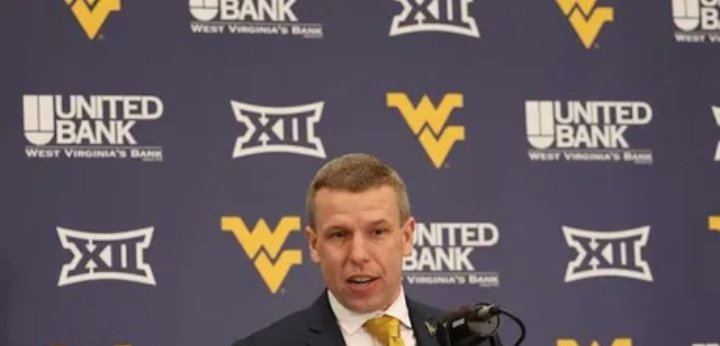Title: The Quiet Architect: Ross Hodge’s Offensive Blueprint at West Virginia
While Ross Hodge’s name often echoes through college basketball circles as a defensive mastermind, it’s what he’s constructing on the offensive end at West Virginia that’s beginning to turn heads. Known for his gritted-teeth approach to defense, Hodge is quietly sculpting a brand of offense that’s rooted in intelligence, movement, and relentless pace—a system that feels less like a set of plays and more like a symphony unfolding in motion.
When Hodge took the reins at West Virginia, many expected the Mountaineers to become a fortress on the defensive side of the ball. They weren’t wrong—West Virginia finished top ten nationally in defensive efficiency by January. But as the season progressed, it became impossible to ignore what was brewing on the other end of the floor. Hodge, influenced heavily by his years under Grant McCasland and his time in the junior college ranks, believes that great offense doesn’t need to be flashy—it just needs to be intentional.
“We’re not running sets just to run them,” Hodge said in a recent interview. “Everything we do has purpose—every cut, every screen, every spacing read is tied to what the defense gives us.”
Hodge’s offensive philosophy centers on a four-out, one-in motion attack, designed to emphasize spacing, quick decision-making, and attacking mismatches. But it’s the layering that makes it deadly. Early in possessions, West Virginia pushes the tempo—one of the fastest transition teams in the Big 12—before settling into a half-court system that rotates like clockwork. Guards like Damarion Black and Tavon Lewis slash off down screens while the team’s lone post, typically the athletic and versatile senior big Royce Madden, flashes high to draw out shot blockers.
“Coach Hodge tells us to play with freedom, but it’s disciplined freedom,” said Black. “There’s a difference between just hooping and knowing why you’re doing it. He breaks down the ‘why’ in everything.”
Another core tenet of Hodge’s offense is positionless initiation. At any given moment, a forward may bring the ball up, and a guard might screen on the block. This keeps defenses on their heels, constantly adjusting, and often failing to recover in time. In a mid-season win over Kansas, Hodge’s offense recorded 22 assists on 28 field goals—testament to the ball movement and unselfishness he preaches.
Perhaps most revolutionary is his use of second-side actions—if the first pick-and-roll doesn’t generate an opening, the ball swings to the weak side where an entirely new set of movements begins. It’s a system that demands IQ, stamina, and buy-in. And it’s working.
“Everyone talks about our defense,” Hodge said, smiling. “That’s fine. Let them. But we know games are won when the ball moves, when five guys touch it, when everyone’s a threat.”
As West Virginia surges toward March, opponents are beginning to see it’s not just the defense they need to fear. Ross Hodge isn’t just locking teams down—he’s opening up a new offensive identity in Morgantown. And it’s here to stay.

